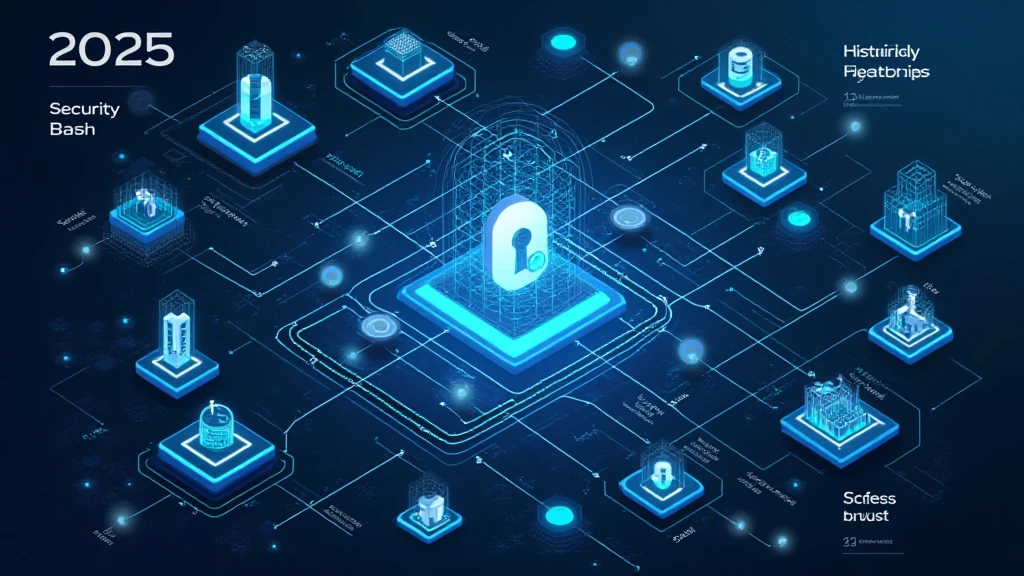2025 Blockchain Security Standards: A Comprehensive Guide for Digital Asset Protection
In the rapidly evolving world of cryptocurrency and digital assets, security has never been more paramount. With $4.1 billion lost to DeFi hacks in 2024 alone, it’s clear that robust security measures are needed to protect investors and platforms alike. As we move into 2025, understanding the latest blockchain security standards is critical for anyone involved in the crypto space. This guide aims to provide a detailed overview of these standards, ensuring you can safeguard your digital assets effectively.
Understanding Blockchain Security
Before we delve into specific standards, it’s important to grasp what blockchain security actually entails. Blockchain technology, by design, offers certain security features, such as immutability and decentralization. However, vulnerabilities still exist, including those in consensus mechanisms. Like a bank vault for digital assets, blockchain must be fortified against various threats that can lead to significant losses.
Consensus Mechanism Vulnerabilities
Consensus mechanisms are fundamental to blockchain’s functionality, determining how transactions are validated. However, these mechanisms can be prone to vulnerabilities:

- 51% Attacks: When a single entity gains control of more than 50% of a network’s computational power, they can manipulate the transaction history.
- Sybil Attacks: This occurs when a malicious actor creates multiple identities to take control of the network.
To mitigate these risks, implementing robust consensus algorithms is crucial. For instance, the Proof of Stake mechanism can offer better security by making it financially unfeasible for an entity to acquire enough stake to perform these attacks.
2025 Key Blockchain Security Practices
As we look towards 2025, here are key security practices to consider:
- Smart Contract Audits: Regularly auditing smart contracts to identify and rectify vulnerabilities is essential. As the saying goes, an ounce of prevention is worth a pound of cure.
- Private Key Management: Ensure private keys are stored securely. Utilizing hardware wallets can significantly reduce the risk of hacks.
- Security Protocol Updates: Keeping software and security protocols up-to-date is vital to protect against new threats.
How to Audit Smart Contracts
Auditing smart contracts involves reviewing the code for vulnerabilities. Here’s a step-by-step breakdown:
- Perform a manual code review, checking for logical errors.
- Utilize automated tools designed for smart contract auditing.
- Conduct thorough testing on test nets before going live.
In Vietnam, where the crypto user growth is increasing rapidly, these practices are especially important in building trust within the community. The Vietnamese market has seen a 27% increase in active crypto participants in the last year alone!
Security Standards in Blockchain
Here are some standards to abide by in 2025:
- Implementing end-to-end encryption for all transactions and data.
- Using multi-signature wallets to enhance security for transactions.
These standards, like tiêu chuẩn an ninh blockchain, aim to create a more secure crypto environment, reducing the risks that users face.
The Role of Compliance in Blockchain Security
Compliance with international security standards, like ISO/IEC 27001, strengthens blockchain security efforts. This standard provides a framework for establishing, implementing, maintaining, and continually improving information security management systems.
Final Thoughts on Blockchain Security in 2025
As we approach 2025, staying informed about the latest blockchain security practices is essential. By adopting comprehensive security standards, conducting regular audits, and staying compliant, both individuals and organizations can protect their digital assets more effectively.
Secure your investments by leveraging trusted security measures, including noted tools like Ledger Nano X, which reportedly decreases hacks by 70%.
For anyone involved in the crypto space — from investors to developers — understanding and implementing these blockchain security standards is non-negotiable.
Remember, when it comes to protecting your assets, there’s no time like the present. Reach out to security experts if you’re unsure about the best practices for your project.
For more insights into the blockchain and cryptocurrency world, visit cryptobestnews.
As a collective, we can build a safer and more secure blockchain environment moving forward in 2025 and beyond.


